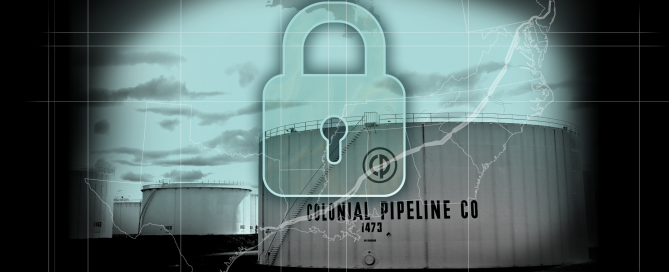Be Cyber Smart this Cyber Security Awareness Month
Be Cyber Smart this Cyber Security Awareness Month Every October, Cyber Security Awareness Month continues to raise awareness about the importance of cyber security around the world. Led by the Cyber Security and Infrastructure Security Agency (CISA) and the National Cyber Security Alliance (NCSA), Cyber Security Awareness Month shares messages and weekly themes of the importance of staying safe online. The evergreen theme - Do Your Part. #BeCyberSmart – encourages individuals and organisations to own their role in protecting their part of cyber space, stressing personal accountability and the importance of taking proactive steps to enhance cyber security. Throughout the past year and a half, our already virtual world depended even more on the Internet. Organisations and individuals like you moved more online than ever before - to socialize, to conduct business, and to simply have fun. While an increased online presence can be positive, Cyber Security Awareness Month encourages









